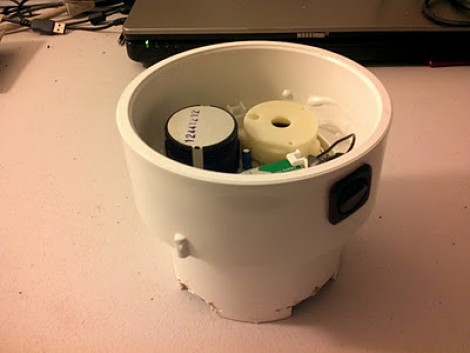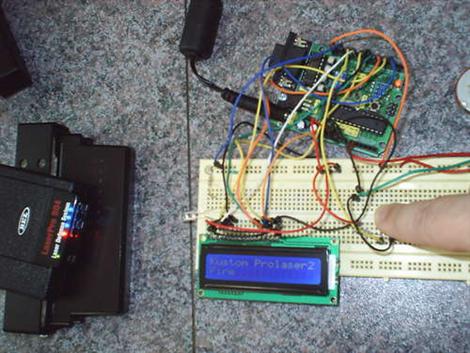
[Thomas Clauser] had his basement flood last year when a hurricane swept over New England. The problem with flooding or leaking water is that chances are you won’t notice until it’s too late. He decided to protect against this in the future by building his own leaking water detector. It’s a simple device that sits on the floor of his basement and triggers an audio alarm if water begins to cover the floor.
He used an old smoke detector for the build; a nice choice since it’s loud, and designed for long-term battery operation. It also has a button for testing if the detector is working. [Thomas] removed the PCB from the smoke detector case and soldered wires onto the test button contacts. He cut a sponge to squeeze it inside of a PVC pipe connector housing. That sits against the floor, with the wires for the test button contacts placed through the sponge. If water is soaked up by the sponge it completes the circuit and triggers the alarm.
A few other design features really make this a nice setup. He notched out the bottom of the PVC connector so that water can flow freely, and added a switch to one of the probe wires lets him kill the alarm when inspecting the damage.












